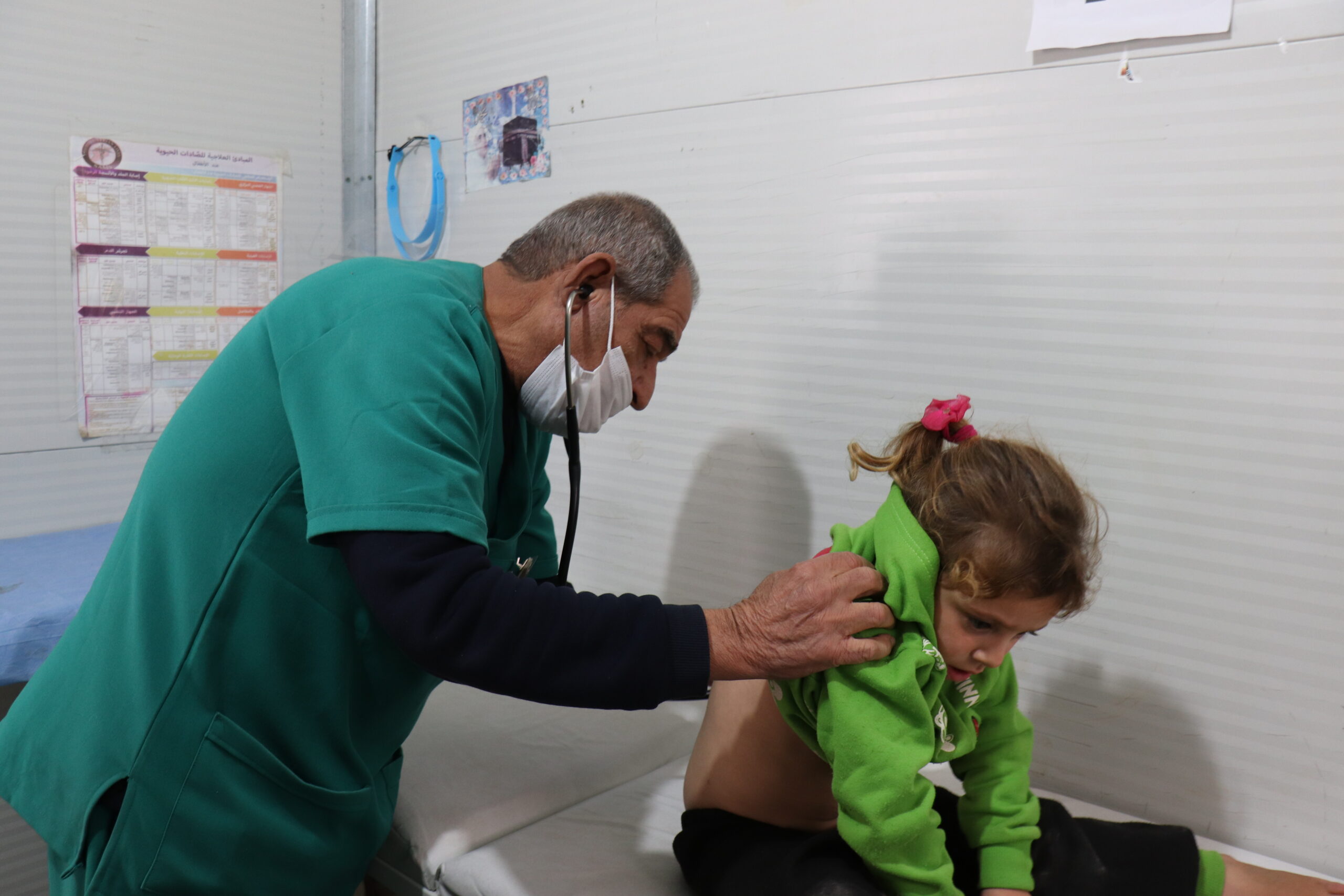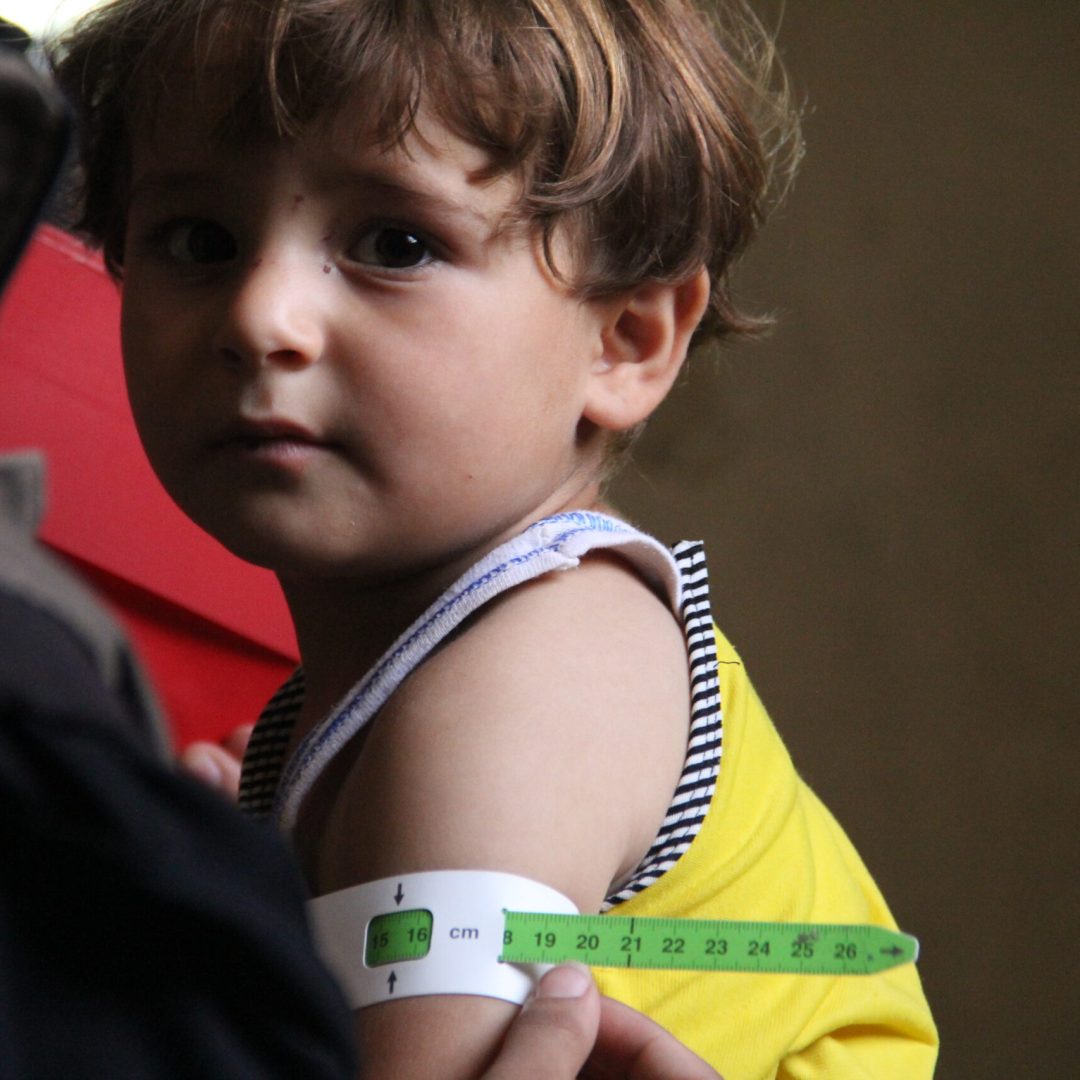UOSSM Strategy and Priority Areas
UOSSM Strategy 2023 – 2026 focuses on the impact on health care, relief, and development. The two priority areas include (i) emergency response and lifesaving health programs; and (ii) resilience, recovery, and pathways to development.
1. Emergency response and life-saving assistance – providing equitable, inclusive, and safe access to quality health services in conflict settings:
· Health care services, including primary, secondary and tertiary health care
· Mental health and psychosocial support
· Protection, including gender-based violence
· Nutrition
2. Resilience, recovery and pathways to development – strengthening resilience to shocks and crises, and building foundation for recovery, sustainable peace, and development in post conflict context:
· Local governance and resilient service delivery
· Sustainable socio-economic recovery and livelihood
· Civil society and community engagement
· Social cohesion and peacebuilding



UOSSM emphasizes local early recovery initiatives that stabilize conditions while identifying future development opportunities. This approach includes supporting local governance systems to deliver services equitably, particularly to the most vulnerable populations. UOSSM’s focus areas include:
Further activities involve developing health information systems, empowering local organizations and fostering partnerships for health education, data-sharing and referrals.

Locally-Led Humanitarian Action
Locally-led Humanitarian Action empowers local actors, civil society and community members, recognizing their essential role in addressing community needs during crises. UOSSM supports this approach by integrating local actors as key participants in service provision and early recovery, enhancing the efficiency and effectiveness of humanitarian responses.
This commitment includes:
Humanitarian-Development-Peace (HDP) Nexus:
The Humanitarian-Development-Peace (HDP) Nexus approach highlights the need for humanitarian and development actors to collaborate more effectively and address the root causes of crises and conflicts. The HDP nexus focuses on:
Gender in Humanitarian Action
A Gender Equality perspective is essential in UOSSM’s humanitarian initiatives. Recognizing that crises affect genders differently, UOSSM integrates gender-sensitive approaches to address diverse needs, reduce gender-based vulnerabilities and empower women and girls as critical contributors to humanitarian response.
Key principles include:


Sign up to receive frequent email updates on our projects and initiatives. Stay informed and connected with our work, making a difference with each update. Join us now!







